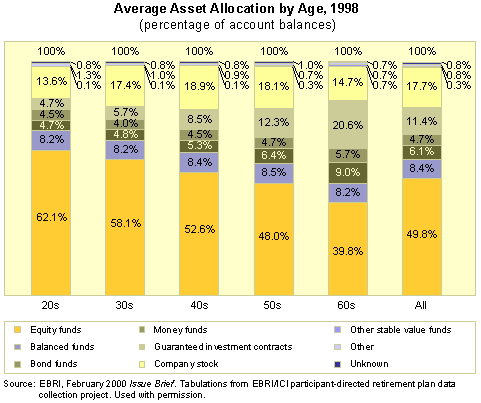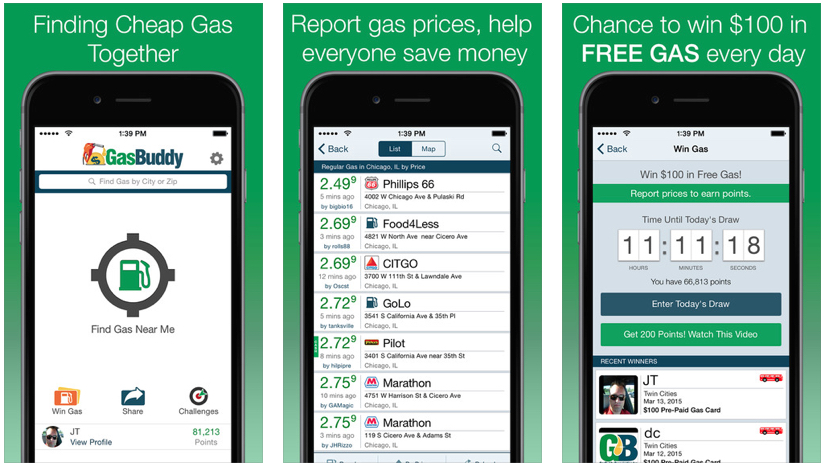
You want to maximize the growth potential of your 401k plan. To do this, you will need to know the best ways to invest your funds. You can use a 401k calculator to help you. This calculator gives you information on a variety factors, such as how much to contribute, employer match, and return on contributions.
401k contribution percentage
The average American contributed nearly 8.6% to their 401k plans or IRAs in 2018, according to the American Institute of Certified Public Accountants. Although the percentages vary among workers, full-time employees tend to contribute more than part-time workers. The US's total retirement asset value will exceed $37.2 trillion by 2020. This is approximately 33% of household equity. An average 401k balance in retirement will be $93,000. Baby Boomers are the largest savers, followed by Generation X. Generation Z, with only two percent savings during their working years, is the least active saver.
Contributions to a Roth 401k account should not exceed 10% of your annual salary. If you are over 50, you might consider making a catch up contribution to make up the time lost. Your retirement goals, lifestyle, as well the needs and wants of your family will determine how much you make. It is a good idea to ask your employer if they will match your contribution. Some companies match up 50% of the first 6 percent of your salary.
401k employer match
It is easy to find out how much your employer will match with your 401k. Your employer may match up to 6 percent of your contributions if you earn $50,000 annually. Your total contribution would be $9,000 This would equal a 50% match or $4,500. It would be tax-deductible. Use an online calculator to determine the matching amount.

Employer match amounts differ from employer to employee. Some match 100% and others match less. So you can plan your budget, it is important to find out how much your employer will match. A typical employer match percentage will be 2% of your salary. A 3% match will mean that your employer will match the dollar amount you make. It is important to understand the match amounts in order to set aside enough money for retirement.
Withdrawal frequency for 401k
Your 401k plan may offer a number of different options when it comes to the frequency of withdrawals. You have the option to withdraw your account weekly or monthly. To adjust for inflation, you may also adjust the frequency of withdrawals. The Consumer Price Index, which is the common indicator of inflation in America, is used. CPI has averaged 2.9% annually over the past 40 years. CPI is expected average 6.8% per year by 2021.
According to the Plan Sponsor Council of America, two-thirds of large plans that offer 401(k), allow for regular withdrawals upon retirement. This may sound like a tedious feature, but it does have a clear benefit: you can withdraw money from your account with no tax penalties.
Rate of return on 401k contributions
If you're looking to invest in retirement, it is worth considering the rate return on your 401k contributions. Over time, the more consistent your contributions are, the higher your average return will be. Consider your risk tolerance and what you can afford to lose in the event that the market goes too far when deciding how much money to contribute. Your asset allocation is also important. It can be either more conservative or more aggressive depending on your goals.
The market environment and overall investment portfolio directly affect the rate of return for 401k contributions. Proper asset allocation will allow 401(k), contributions to earn anywhere from 3% - 8% annually. Different assets have different returns. Stocks and bonds, for example, may be more lucrative than investments that are higher-risk.

Minimum distribution requirement starting at 401k
The Required Minimal Distribution (RMD), or the amount that must go from retirement accounts to satisfy tax obligations, is the required minimum distribution. This amount is available from an employer-sponsored pension plan, a traditional IRA, a SIMPLE IRA, or a SEPT or SIMPLE IRA. In 2020, the age for taking an RMD has increased to 70 1/2 years to 72 years. If you're in your 50s or 40s, it is important to withdraw money immediately.
The IRS establishes the minimum distribution amount based on life expectancy. You may be able to withdraw more than the minimum amount. Although this is legal, it could lead to a large tax bill. Roth IRA accounts that are meant for those who intend to retire while they work do not have this requirement.
FAQ
What is estate planning?
Estate planning is the process of creating an estate plan that includes documents like wills, trusts and powers of attorney. These documents serve to ensure that you retain control of your assets after you pass away.
What is retirement planning exactly?
Retirement planning is an essential part of financial planning. It allows you to plan for your future and ensures that you can live comfortably in retirement.
Retirement planning includes looking at various options such as saving money for retirement and investing in stocks or bonds. You can also use life insurance to help you plan and take advantage of tax-advantaged account.
What is risk management in investment management?
Risk Management is the practice of managing risks by evaluating potential losses and taking appropriate actions to mitigate those losses. It involves identifying, measuring, monitoring, and controlling risks.
Risk management is an integral part of any investment strategy. The objective of risk management is to reduce the probability of loss and maximize the expected return on investments.
These are the main elements of risk-management
-
Identifying sources of risk
-
Monitoring and measuring the risk
-
Controlling the risk
-
Managing the risk
Statistics
- If you are working with a private firm owned by an advisor, any advisory fees (generally around 1%) would go to the advisor. (nerdwallet.com)
- According to Indeed, the average salary for a wealth manager in the United States in 2022 was $79,395.6 (investopedia.com)
- A recent survey of financial advisors finds the median advisory fee (up to $1 million AUM) is just around 1%.1 (investopedia.com)
- These rates generally reside somewhere around 1% of AUM annually, though rates usually drop as you invest more with the firm. (yahoo.com)
External Links
How To
How to save money on salary
You must work hard to save money and not lose your salary. Follow these steps to save money on your salary
-
It's better to get started sooner than later.
-
You should cut back on unnecessary costs.
-
Use online shopping sites like Flipkart and Amazon.
-
Do not do homework at night.
-
Take care of your health.
-
Increase your income.
-
A frugal lifestyle is best.
-
It is important to learn new things.
-
You should share your knowledge.
-
Books should be read regularly.
-
Rich people should be your friends.
-
You should save money every month.
-
For rainy days, you should have money saved.
-
It is important to plan for the future.
-
You shouldn't waste time.
-
You should think positive thoughts.
-
Negative thoughts should be avoided.
-
God and religion should be prioritized.
-
You should maintain good relationships with people.
-
You should enjoy your hobbies.
-
It is important to be self-reliant.
-
Spend less money than you make.
-
It's important to be busy.
-
It is important to be patient.
-
It is important to remember that one day everything will end. So, it's better to be prepared.
-
You shouldn't borrow money at banks.
-
Try to solve problems before they appear.
-
You should strive to learn more.
-
You should manage your finances wisely.
-
You should be honest with everyone.